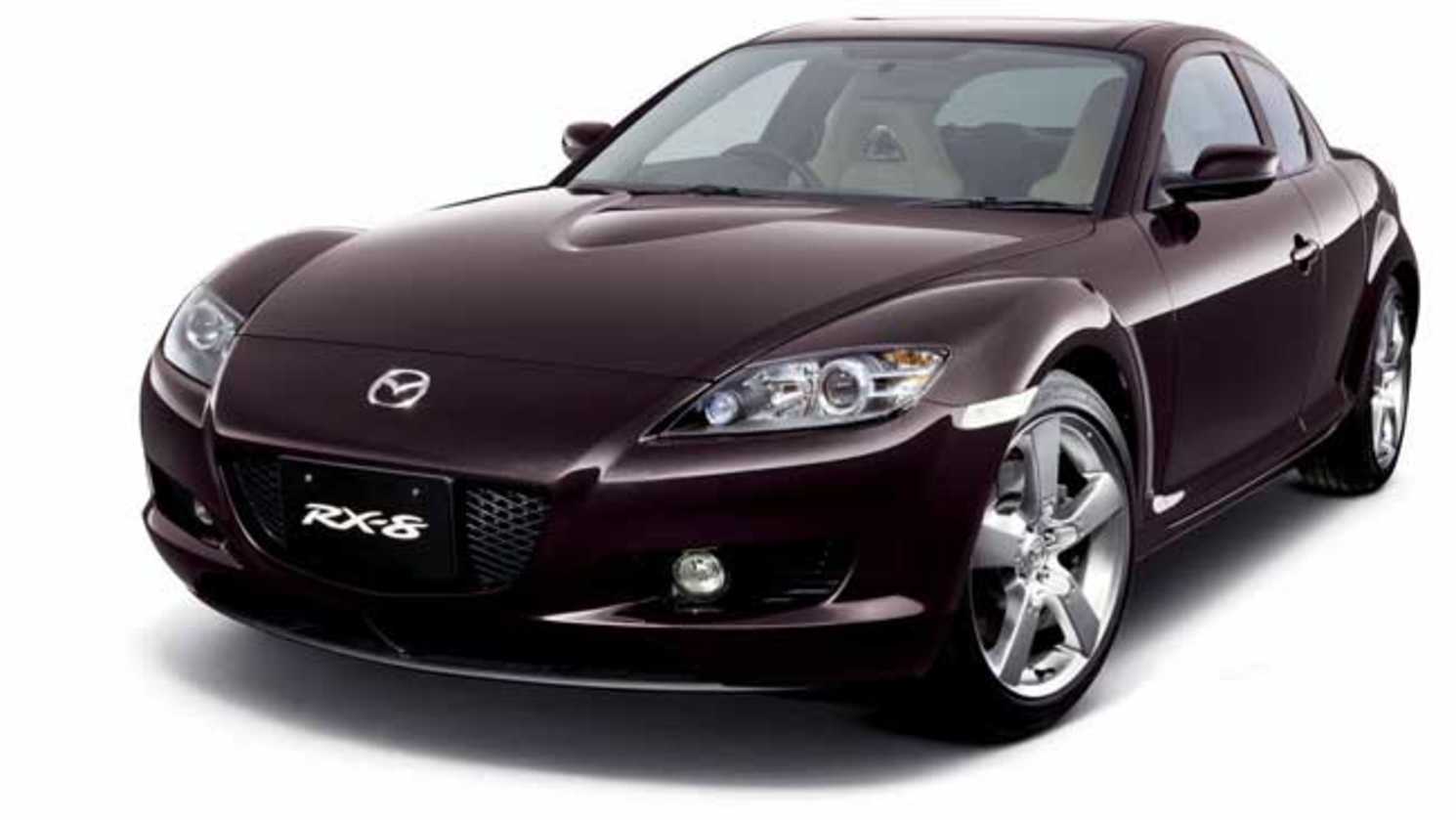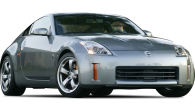Mazda has often followed a different path to its rivals. It set the trend to sports cars in the late 1980s with the cute-as-a-button MX5, and it has steadfastly stuck by the rotary engine with the RX line of sports coupes.
The latest in the RX line is the RX8, which redefined what a sports coupe could be with four doors and seating for four. The swoopy lines disguised the fact that the RX8 was, indeed, a four-door.
There was no B-pillar as there is in most four-doors, and the small rear doors opened suicide style, or in the opposite direction to conventional doors. Opening backwards, as they did, made it easier for rear seat passengers to back in. Once in they found themselves with more space than most coupes, although headroom was lacking a little.
When initially launched there was only one model of the RX8, but there was the choice of 6-speed manual and 4-speed auto transmissions. When the manual was chosen the engine that went with it had more power, but less torque, than the engine that was coupled to the auto.
Driving a rotary required a different approach to a regular piston engine. To get the best out of it, it was best to keep it revving well up in the rev range, if you let it drop down the range to low revs you would soon discover the relative lack of torque that's common with rotaries.
In day-to-day use the RX8 is great on the open road where you can let it rev to its heart's content, but it's not as comfortable in stop-start traffic when torque is the key to quick progress. Given its head the RX8 is very quick, the handling is sharp and responsive, and the ride, while firm, is not uncomfortable.
IN THE SHOP
Mazda build quality is of a high standard across all models, including the RX8, so there's little complaint from owners about issues they've experienced. There were problems with the rotary engine in the early days, when seals were a real issue, but that was many moons ago and Mazda would appear to have got on top of the technology and there's now nothing to be concerned about.
Being owned for the most part by enthusiasts who care about their cars, RX8s are generally well maintained and pampered, nevertheless it's worth asking for a service record. It's also worth considering having an RX8 serviced by someone experienced in working on the rotary engine rather than the corner mechanic without specific rotary knowledge.
Service intervals are 10,000 km and regular oil level checks are recommended as rotary engines are designed to use some oil.
IN A CRASH
ANCAP hasn't tested the RX8, so there's no star-rating available, but suffice to say that with six airbags, ABS brakes and stability control across the range the Mazda coupe would score well if it were tested.
UNDER THE PUMP
Rotaries have never been renowned for their fuel efficiency and the RX8 is no different. Expect 12-14 L/100km in normal driving around town, but that would climb once you start driving it in a sporting fashion.
AT A GLANCE
Price new: $56,170 to $57,000
Engine: 1.3-litre 2-cylinder rotary, 141 kW/222 Nm
Transmission: 4-speed automatic, 6-speed manual, RWD
Economy: 12.1 L/100 km
Body: 4-door coupe
Variants: 4D
Safety: N/A
Fast, fun sports coupe that will accommodate four adults in reasonable comfort.
Mazda RX-8 2003:
| Engine Type | Rotary Twin, 1.3L |
|---|---|
| Fuel Type | Premium Unleaded Petrol |
| Fuel Efficiency | 12.2L/100km (combined) |
| Seating | 4 |
| Price From | $4,950 - $7,260 |







.jpg)

.jpg)




